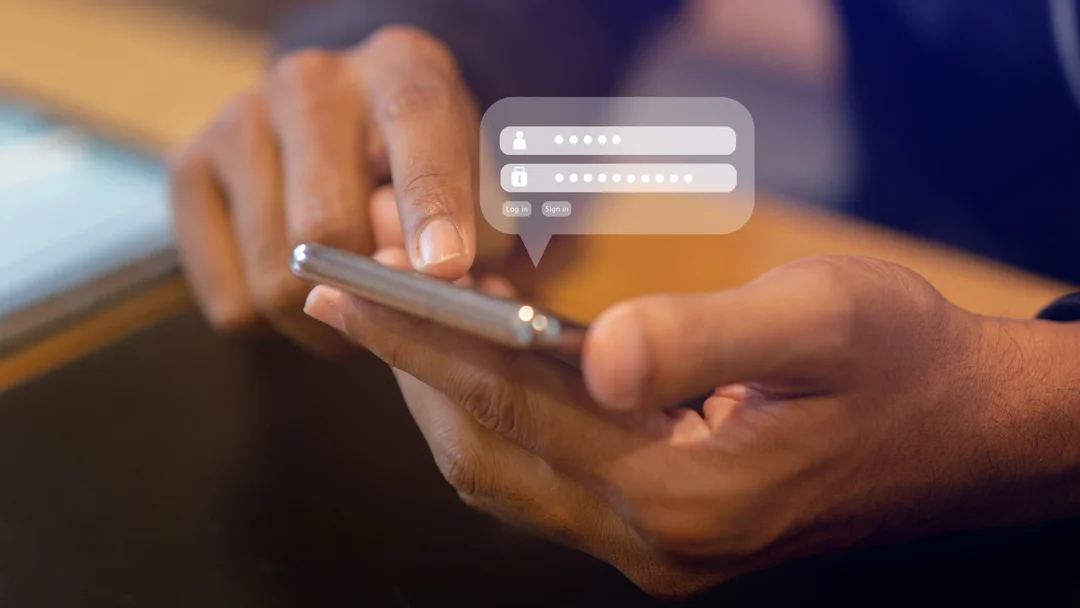
Massive Data Breach Exposes 184 Million User Credentials: Is Your Account at Risk?
A massive data breach has exposed over 184 million user records, including usernames, emails, and passwords, sending shockwaves across the internet. Security researcher Jeremiah Fowler discovered the unprotected online database, containing a staggering 47GB of sensitive data. This breach raises serious concerns about the security of online accounts across major platforms.
The exposed data included credentials for a wide range of platforms, including Microsoft, Facebook, Instagram, Snapchat, Roblox, Apple, Discord, Nintendo, Spotify, Twitter, WordPress, Yahoo, and Amazon. Even more alarming were the compromised credentials for bank and financial accounts, health companies, and government accounts from at least 29 countries, including the U.S., Australia, Canada, China, India, and the UK. This highlights the critical importance of robust cybersecurity measures.
Jeremiah Fowler immediately notified the hosting provider, World Host Group, which subsequently restricted public access to the database. The provider stated that a "fraudulent user" had uploaded illegal information to the server. Fowler verified the authenticity of the data by contacting individuals whose email addresses were listed in the database. Several confirmed that the exposed records were indeed associated with their accounts.

The implications of this breach are enormous. Cybercriminals can use this information to access individual accounts, steal personal data, and potentially commit financial fraud. If users reuse passwords across multiple platforms, the risk of a mass breach is significantly increased. This is especially concerning given the presence of financial, health, and government accounts in the exposed data.
How can you protect yourself?
While it's impossible to know for sure if your credentials were included in the database, there are several steps you can take to minimize your risk:
- Change your passwords: If you haven't changed your passwords recently, now is the time.
- Use strong, unique passwords: Avoid using the same password for multiple accounts. Use a combination of uppercase and lowercase letters, numbers, and symbols.
- Use a password manager: A password manager can help you generate and store strong, unique passwords for all your accounts.
- Enable two-factor authentication (2FA): 2FA adds an extra layer of security to your accounts. Even if a hacker has your password, they won't be able to access your account without the 2FA code. Opt for authenticator apps or physical security keys over SMS-based 2FA.
The sheer scope of this data breach underscores the persistent threat to online security. It serves as a crucial reminder to take proactive steps to protect your personal information and online accounts. The fact that so many email accounts included sensitive information such as tax forms demands increased user awareness of data security best practices.
What security measures do you take to protect your online accounts? Share your thoughts and experiences in the comments below.